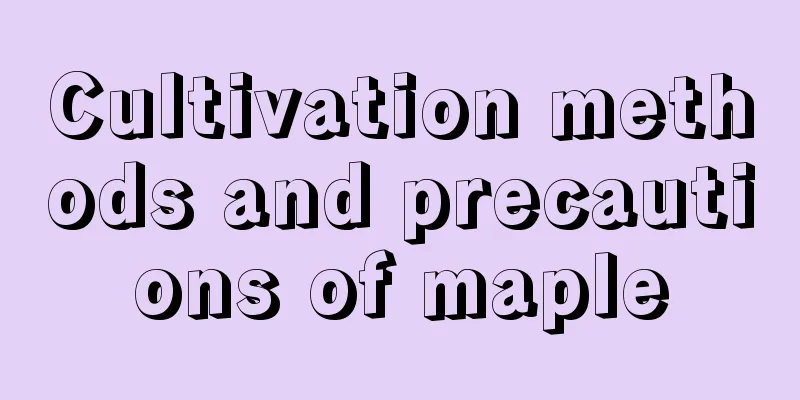Flower cultivation varies greatly in four seasons

When is the right time to bring flowers indoors in spring?It depends on where you grow the flowers. In normal years, in the middle and lower reaches of the Yangtze River south of the Yellow River, potted flowers are generally moved indoors in early to mid- April (when the weather is warm and stable); in areas north of the Yellow River, the flower pots should be moved outdoors in late April to early May . For some flowers that are native to the south, it is safer to bring them out of the house around the beginning of summer (early May ). How to water flowers in summer?Because the temperature is high in summer and water evaporates quickly, watering is necessary. However, watering should not be done at noon when the sun is directly shining. It is best to water once in the morning and once in the evening. It is worth noting that different flowers have different requirements for water. Large-leaf and thin-leaf flowers can be watered more, while cacti and small-leaf and coniferous flowers can be watered less because the amount of water evaporation is small. In addition to watering in summer, there will be dormant plants. Dormancy refers to a state in which, when adverse seasons (high temperature, low temperature, drought) come, flowers slow down or stop growing in order to adapt to the living environment, or develop protective structures or form "storage organs" to store nutrients in order to resist the harm of the adverse external environment. Dormancy is an adaptation to the living environment that plants have acquired after a long period of evolution, which is conducive to the survival and reproduction of the species. Among flowers, many varieties will hibernate when it is cold in winter, and many species will enter summer dormancy when the temperature is high in summer, such as Begonia, Fuchsia, Gloxinia, Narcissus, Cyclamen, Euphorbia, Freesia, Tulip, Geranium, Clivia, and Caladium. The main reason for summer dormancy of flowers is high temperature. When the temperature rises above 30 ℃, the metabolic activities of these flowers will become slow, and their growth will tend to stagnate. In severe cases, the branches and leaves will even wither. In order to ensure that these flowers can safely survive the summer, flower growers are advised to take appropriate measures and care for them carefully. How to fertilize flowers in autumn?In autumn, we should flexibly control the supply of water and fertilizer according to the different growth habits of various flowers. For flowers that only bloom once a year, such as chrysanthemum, osmanthus, wintersweet, azalea, and camellia, it is generally advisable to apply liquid fertilizer mainly composed of phosphorus fertilizer 2 to 3 times to promote the production of more and larger flowers and avoid the occurrence of declining phenomena such as falling buds and yellowing leaves. For flowers that bloom multiple times a year, such as jasmine, rose, and Milan, it is necessary to continue to supply sufficient fertilizer and water to encourage them to continue blooming. What should we pay attention to when caring for flowers in winter?When growing flowers in winter, special attention should be paid to preventing frost and keeping warm. An enclosed balcony is very beneficial for potted flowers to overwinter; if there is no enclosed balcony, potted flowers should be brought indoors at night. For some potted flowers that are particularly afraid of cold, such as tropical orchids, pineapples, poinsettias, anthuriums, etc., the room temperature should not be lower than 10 ℃ at night. You should also be careful not to overwater, because the amount of water evaporation in winter is small, and the growth of flowers and plants stagnates under low temperatures, especially the vitality of the root system is reduced. Too much water will make the root system breathe poorly, which can easily cause the root system to become diseased, or even rot and die. |
<<: Do flowers have the same temperature requirements at different growth stages?
>>: If you want to be a master of flower cultivation, you should know these tips
Recommend
What to do if you accidentally eat calla lily
1. Introduction to plants It belongs to the Arace...
How often should I water the peace tree?
How often should I water the peace tree? The freq...
The role of black leaf Guanyin lotus
One of the functions of black leaf Guanyin lotus:...
When does asparagus fern sprout and grow leaves
Asparagus fern germination time The germination t...
Is bicolor jasmine poisonous? Can it be kept at home?
Is bicolor jasmine poisonous? Bicolor jasmine is ...
Jasmine growth environment conditions and characteristics
Jasmine growth environment conditions and require...
Cedar cultivation methods and precautions
How to grow cedar Moisture Management Cedar has a...
Jute Growing Conditions and Characteristics
Jute Growth Conditions Jute is an annual herb tha...
Is it unlucky to have lilies at home?
1. Is it auspicious to keep it at home? It is ver...
Are hydrangeas shade-loving or sun-loving plants?
Do hydrangeas prefer shade or sun? Hydrangea is a...
Cultivation methods and precautions of Phlox
Farming methods Watering Potted philadelphus pref...
What fertilizer should I use for the small leaves of the green radish and the yellow leaves?
1. What fertilizer should be used for small leave...
Turning the loess in the northwest into nutrient-rich black soil is the right thing to do!
Step 1: Material preparation (Author: Yi Xiaowu S...
What are the varieties of Trachelospermum erythrorhizon
Stone Blood Also known as narrow-leaved trachelos...
The difference between peony and peony, peony pictures
1. Different stems Peony is a perennial tuberous ...









